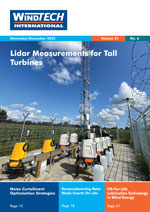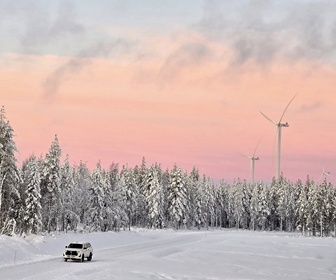 Atmospheric Modelling Using Large-Eddy Simulation
Atmospheric Modelling Using Large-Eddy SimulationThanks to the enormous engineering successes of recent decades, wind energy is now expected to be the central pillar of the energy transition. To continue the success story, however, several grand challenges still need to be met. On the one hand, the challenges are all related to increasing scale: of wind turbines themselves, of clusters of wind farms and of the share of wind energy in the electricity system. On the other hand, the challenges stem from our limited understanding of the atmosphere: of blade aerodynamics, wake effects, interactions between the wind farm and the atmosphere, and running an entire energy system based on the weather.
By Remco Verzijlbergh, Co-founder, Whiffle, the Netherlands










